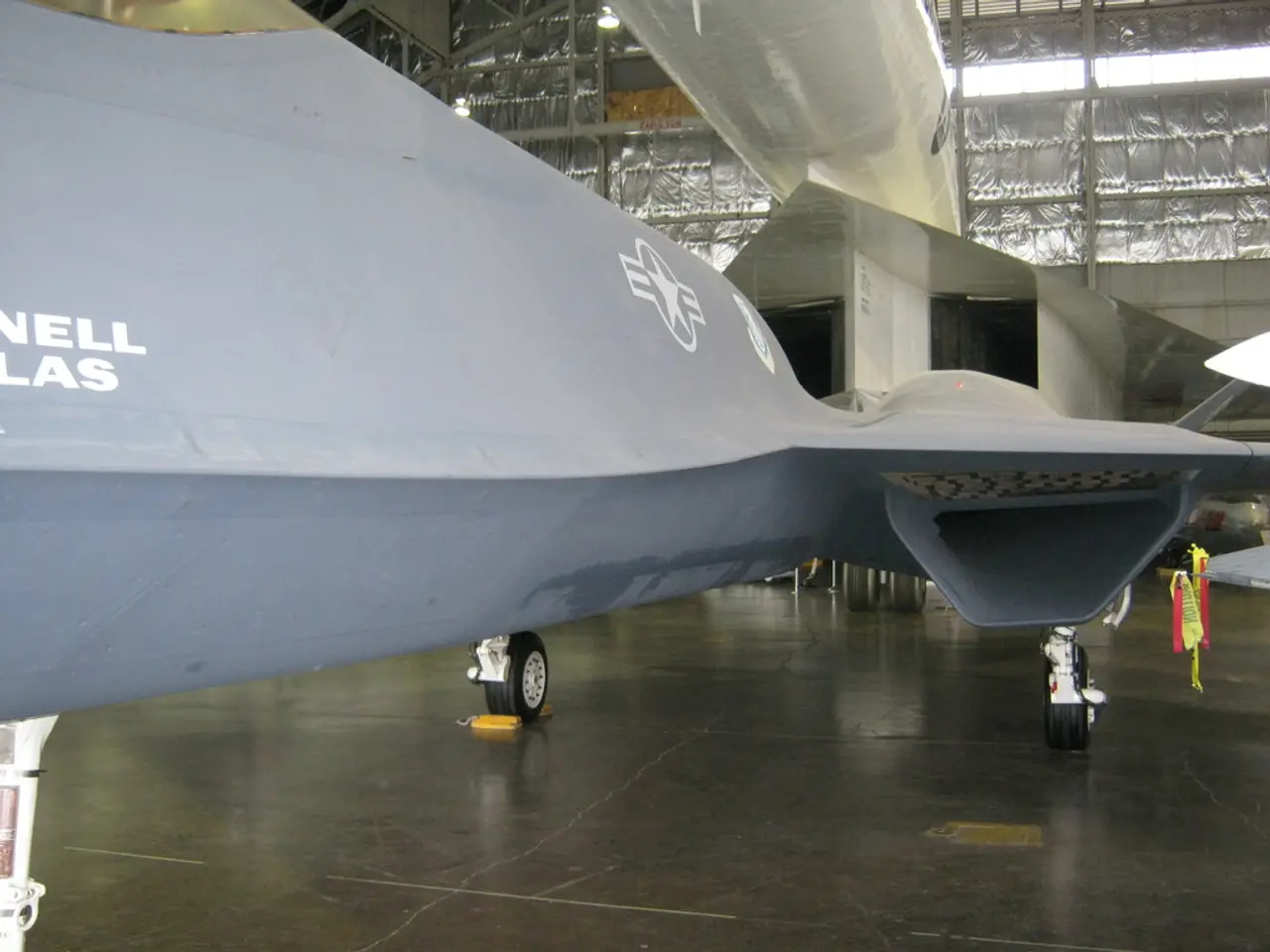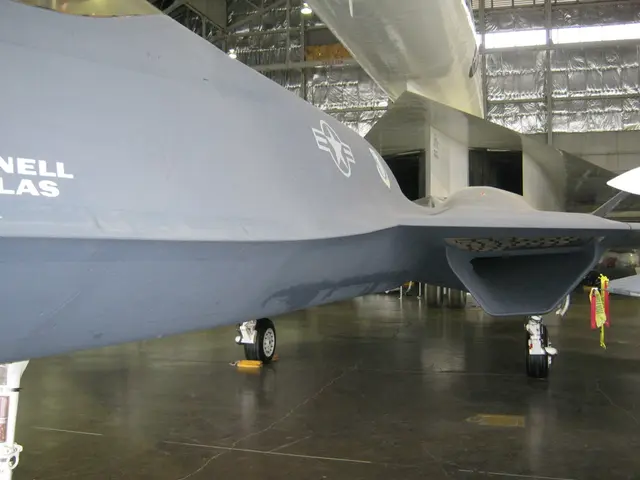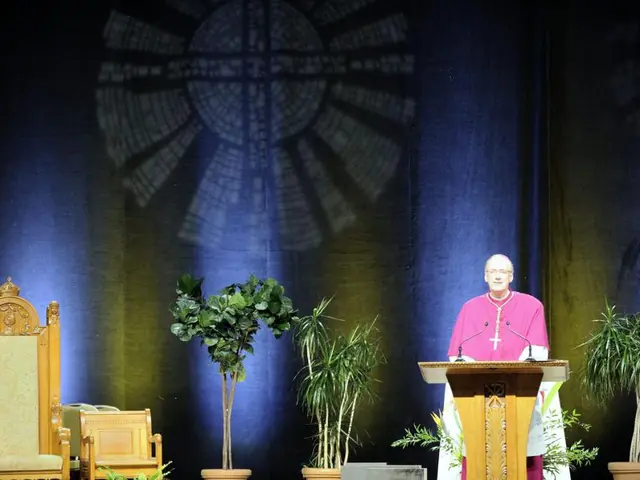F-15EX fighter jets are being dispatched to Japan for training exercises, with Kadena Air Base preparing for the arrival of the new aircraft.
**U.S. Air Force Begins Phased Transition to Modern F-15EX Eagle II at Kadena Air Base**
In a strategic move towards modernizing U.S. airpower in the Indo-Pacific region, the U.S. Air Force has initiated the phased integration of the advanced F-15EX Eagle II at Kadena Air Base, Okinawa, Japan. The process began on July 12, 2025, with the arrival of two F-15EX aircraft for a short-term familiarization and integration training mission.
Since August 2024, the Air Force has been withdrawing most of the 48 aging F-15C/D Eagles stationed at Kadena, which have been in service for about five decades. This move is part of a broader modernization plan intended to replace older airframes with the more advanced F-15EX Eagle II. The permanent deployment of a full fleet of 36 F-15EXs is scheduled for Spring 2026.
The current familiarization deployment allows personnel at Kadena to train alongside the new jets, ensuring a smooth integration when the full complement arrives in 2026. This approach aims to minimize disruptions and maximize operational readiness during the transition.
While the aging F-15C/D fleet is being phased out, the Air Force has maintained a continuous fighter presence at Kadena through rotational deployments of other aircraft, including F-35s, F-22s, F-15Es, and F-16s. This rotation ensures that the base remains operationally ready during the transition period.
The transition to F-15EX will substantially enhance U.S. airpower in the Indo-Pacific, a region witnessing rapid military modernization by peer competitors. The new jets bring improved multirole capabilities, greater payload, and better integration with modern networks, aligning with the Pentagon’s efforts to deter evolving threats in a strategically vital area close to Taiwan and China.
Here is a summary table of the key events in the transition process:
| Event | Date/Timeframe | Details | |------------------------------|------------------------|-------------------------------------------------------------------------| | Initial F-15EX arrival | July 12, 2025 | Two jets for training and integration[1][3][4] | | Permanent F-15EX deployment | Spring 2026 (expected) | 36 jets to replace F-15C/D fleet[2][3][4] | | F-15C/D withdrawal | Since August 2024 | Most of 48 older jets already withdrawn[1] | | Rotational coverage | 2022–2026 | F-35, F-22, F-15E, F-16 fill gaps during transition[3] |
The arrival of the F-15EXs marks a key milestone in the Department of Defense's ongoing effort to modernize U.S. airpower in the region. As Brig. Gen. John Gallemore, the new commander of the 18th Wing, takes over command from Evans on July 14, the Air Force is poised to continue its modernization efforts, ensuring U.S. airpower remains a formidable force in the Indo-Pacific.
- The U.S. Air Force's transition to the F-15EX Eagle II at Kadena Air Base includes partnerships with the space force, as the new jets posses advanced capabilities that aid in both air defense and potential space security.
- Given the rapid military modernization in the Indo-Pacific region, the integration of the F-15EX Eagle II is crucial for maintaining air force finance, particularly in relation to the aerospace industry and the development of next-generation weapons systems.
- As pilots of the F-15EX Eagle II undergo training at Kadena Air Base, they work closely with experts from the defense and aerospace industry to master the jet's complex systems and adapt to new operational procedures.
- With the modernization of the Air Force and the upcoming deployment of the F-15EX Eagle II, the focus of the industry shifts towards enhancing the aircraft's performance and ensuring its readiness for potential conflicts in the Indo-Pacific region.
- The U.S. Air Force's commitment to modernizing its airpower through the F-15EX Eagle II not only strengthens its defense in the Indo-Pacific but also sets a precedent for the continued evolution of aircraft technology in the security sector.








